Ancient Metallurgy
Metallurgy is the process of working metal into artifacts (tools and toys). Although small amounts of metals are found in relatively pure form, most must be extracted from more complex ores by removing the “impurities” (non-metal or other metal) from the combination ore.
Metallurgy is a domain of materials science that studies the physical and chemical behavior of metallic elements, their intermetallic compounds, and their mixtures, which are called alloys. It is also the technology of metals: the way in which science is applied to their practical use. Metallurgy is distinguished from the craft of metalworking.
The first evidence of human metallurgy dates from the 5th and 6th millennium BC, and was found in the archaeological sites of Majdanpek, Yarmovac and Plocnik all three in Serbia. To date, the earliest copper smelting is found at the Belovode site, these examples include a copper axe from 5500 BC belonging to the Vinca culture. Other signs of human metallurgy are found from the third millennium BC in places like Palmela (Portugal), Cortes de Navarra (Spain), and Stonehenge (United Kingdom). However, as often happens with the study of prehistoric times, the ultimate beginnings cannot be clearly defined and new discoveries are continuous and ongoing.
Mining areas of the ancient Middle East. Boxes colors: arsenic is in brown, copper in red, tin in grey, iron in reddish brown, gold in yellow, silver in white and lead in black. Yellow area stands for arsenic bronze, while grey area stands for tin bronze. Silver, copper, tin and meteoric iron can also be found native, allowing a limited amount of metalworking in early cultures. Egyptian weapons made from meteoric iron in about 3000 BC were highly prized as “Daggers from Heaven”. However, by learning to get copper and tin by heating rocks and combining those two metals to make an alloy called bronze, the technology of metallurgy began about 3500 BC with the Bronze Age.
The extraction of iron from its ore into a workable metal is much more difficult. It appears to have been invented by the Hittites in about 1200 BC, beginning the Iron Age. The secret of extracting and working iron was a key factor in the success of the Philistines.
Historical developments in ferrous metallurgy can be found in a wide variety of past cultures and civilizations. This includes the ancient and medieval kingdoms and empires of the Middle East and Near East, ancient Iran, ancient Egypt, ancient Nubia, and Anatolia (Turkey), Ancient Nok, Carthage, the Greeks and Romans of ancient Europe, medieval Europe, ancient and medieval China, ancient and medieval India, ancient and medieval Japan, amongst others. Many applications, practices, and devices associated or involved in metallurgy were established in ancient China, such as the innovation of the blast furnace, cast iron, hydraulic-powered trip hammers, and double acting piston bellows. A 16th century book by Georg Agricola called De re metallica describes the highly developed and complex processes of mining metal ores, metal extraction and metallurgy of the time. Agricola has been described as the “father of metallurgy”.
Copper
Copper (abbreviated Cu) is a relatively soft, pinkish-reddish metalic element. It is technically a “transitional element” rather than a metal, although it is conveniently regarded as a metal in historical contexts. One of the most common carbonates of copper is malachite, which was used in antiquity as a gem stone.
Copper is generally corosion-resistant, but when it is exposed to air, the exposed surface oxidizes, changing the red-pink color, or interacts with ambient sulphur to produce a thin “patina” of blue-green copper-sulphate.
Copper is sometimes found in nuggets, and, like other metals, it turns up occasionally in Paleolithic contexts, but it was not worked as a metal until perhaps 6000-5000 BC. The earliest use was for beads and other ornaments, since copper by itself is too soft for the production of much in the way of useful tools.
Bronze
By far the preferred copper alloy in antiquity was bronze. Bronze is a combination of copper and tin, usually roughly eight or nine parts copper to one part tin. In some cases additional elements were added as well. As noted, copper itself is quite a soft metal, and only marginally useful for tools. So, for that matter is tin. But the introduction of tin into copper produces hardness greater than that of either metal alone, as well as making casting easier.
Because of its high copper content, bronze, normally reddish in color, gradually develops a blue-green patina as the surface interacts with oxygen and other elements in the air. The unstable patina can be often be rubbed off and may therefore be uneven if some areas are more frequently rubbed or are protected from abrasion or from the elements, as shown in this XXth-Century Chinese Bronze Figure
Iron & Steel
Iron is one of the commonest (and cheapest) metallic elements on the planet. In fact, by weight it makes up about 5% of the planet’s crust, where it is found as a range of slightly impure “iron ores”: hematite, limonite, magnetite, etc.
It was not until about 1200 BC that iron became general for the production of tools because the temperatures needed to process the ore exceeded what most ancient kilns were able to reach. Pure iron has a melting point of 1,535°C. The limit of an ancient furnace was about 1,150°C. (By contrast, copper has a melting point of 1,083°C, and ancient pottery kilns sometimes also reached temperatures in this range, but it was rare to get far above it.)
It was eventually discovered that the introduction of three to four percent carbon to the mixture could sometimes lower the melting temperature (ultimately to as low as about 1,150°, hence just at the furnace limit). Unfortunately, carbon also tended to contribute to the brittleness of the resultant products. Therefore the controlled introduction of carbon into iron ore remains a critical aspect of iron and steel production. (Carbon is not used in the production of bronze.)
Lead
Lead is rarely found by itself, but rather is usually a by-product of the processing of other ores. It is also the final stage of radioactive decay of some unstable metals, such as uranium or radium.
Dull gray in color, lead is quite soft. For example, in an account of her father’s hunting in the mid-1800s, Waheenee, a Hidatsa woman, remarks that, “For shot he used slugs, bits of lead which he cut from a bar, and chewed to make round like bullets. Powder and shot were hard to get in those days.” (Wahenee 1927:18) Lead also has a low melting point, which makes it a ready alloy with other metals, as well as a good metal for casting artifacts at comparatively low temperatures. In addition, lead is quite heavy, so that it is well used in weights. Thus archaeologically we find lead artifacts from quite early times.
Pewter
Pewter was traditionally an alloy of tin with other soft, workable metals with low melting temperatures, such as copper, antimony, or sometimes lead. It is the softness of the metals in the alloy that accounts for the ease with which pewter utensils can become dented.
Although many of us associate lead with pewter, and although most dictionaries describe pewter as an alloy of tin and lead, modern pewter producers take pains to assure buyers that their pewter does not contain lead. In fact, some pewter has always been lead-free. A visitor to this web site provided the following additional information:
Fine pewters of the 16th, 17th, and 18th centuries were basically alloys of workable, low melting metals, with tin as the base metal and additions of copper, antimony, and sometimes bismuth.
Gold
This famous gold mask from Mycenae is an example of the use of thin gold sheets designed to get maximum surface glitter with a minimum of material. Gold occurs alone or in admixture with other ores. It is soft and easily worked, and does not react chemically in most circumstances. It is largely immune from tarnishing or other surface deterioration.
Thus from earliest times gold has been considered to be “incorruptible,” and has been treasured as much for that (and the associated symbolism) as for its comparative rarity and its surface glitter.
However gold is quite soft, and gold objects are accordingly rather weak. Therefore it is usually either alloyed with other metals (such as copper) or used as a surface covering on objects made of sturdier (and cheaper) material.
Silver
Unlike gold, silver rarely occurs in a pure form in a sufficient quantity to be useful. Usually it has been procured by smelting other ores, of which it can be thought of as almost a by-product. In antiquity a common ore used to produce silver was galena, or lead sulfide, although it appears that lead carbonate (cerussite) was also used.
As was the case with gold, silver was always rare enough that almost everything made from it was a decorative or prestige item rather than a tool as such.
Silver, like lead, is a very soft metal, easily damaged when used by itself, and it was therefore often alloyed with other metals to increase its hardness. The admixture of a small amount of copper was usual for this purpose.


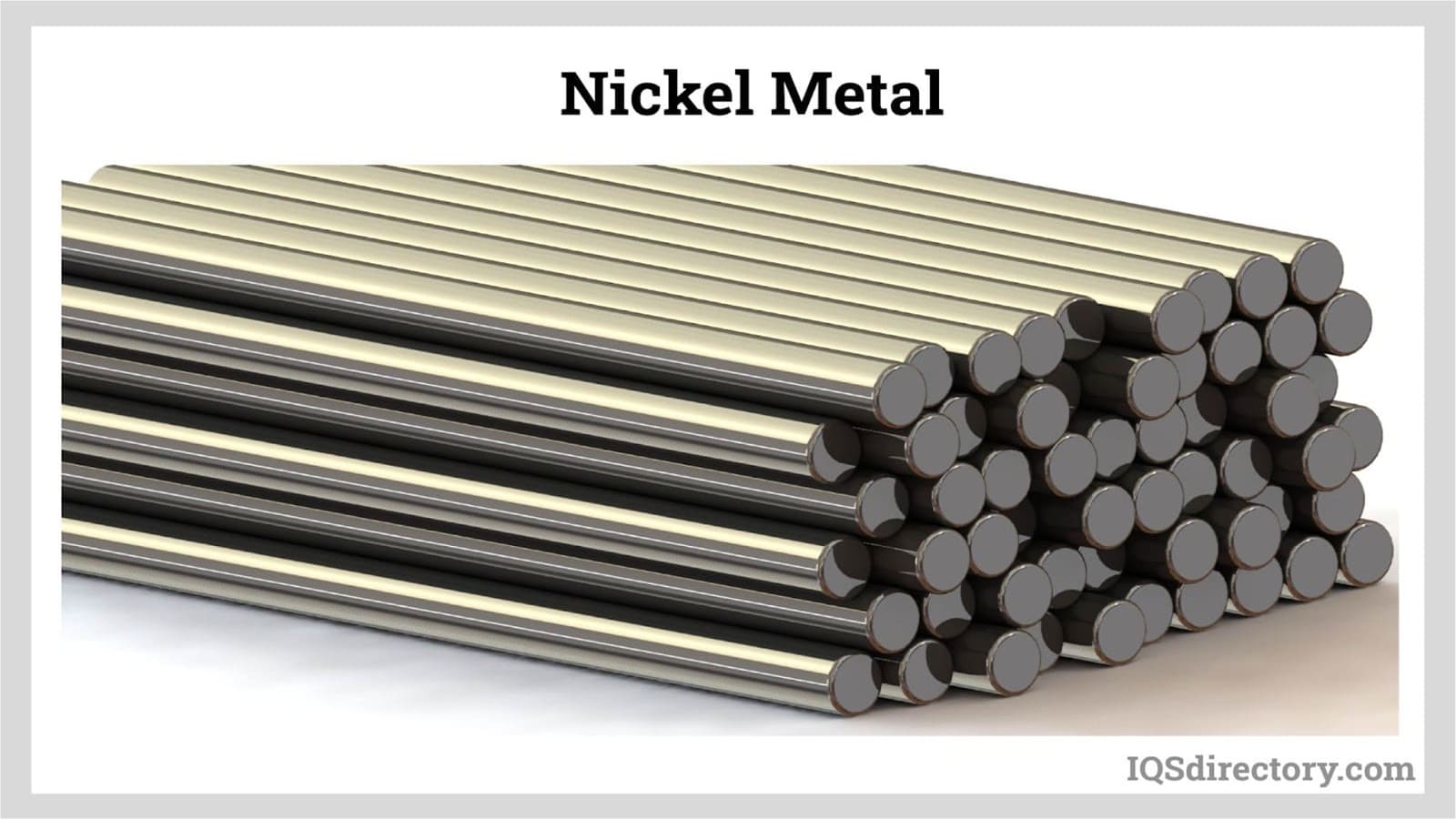


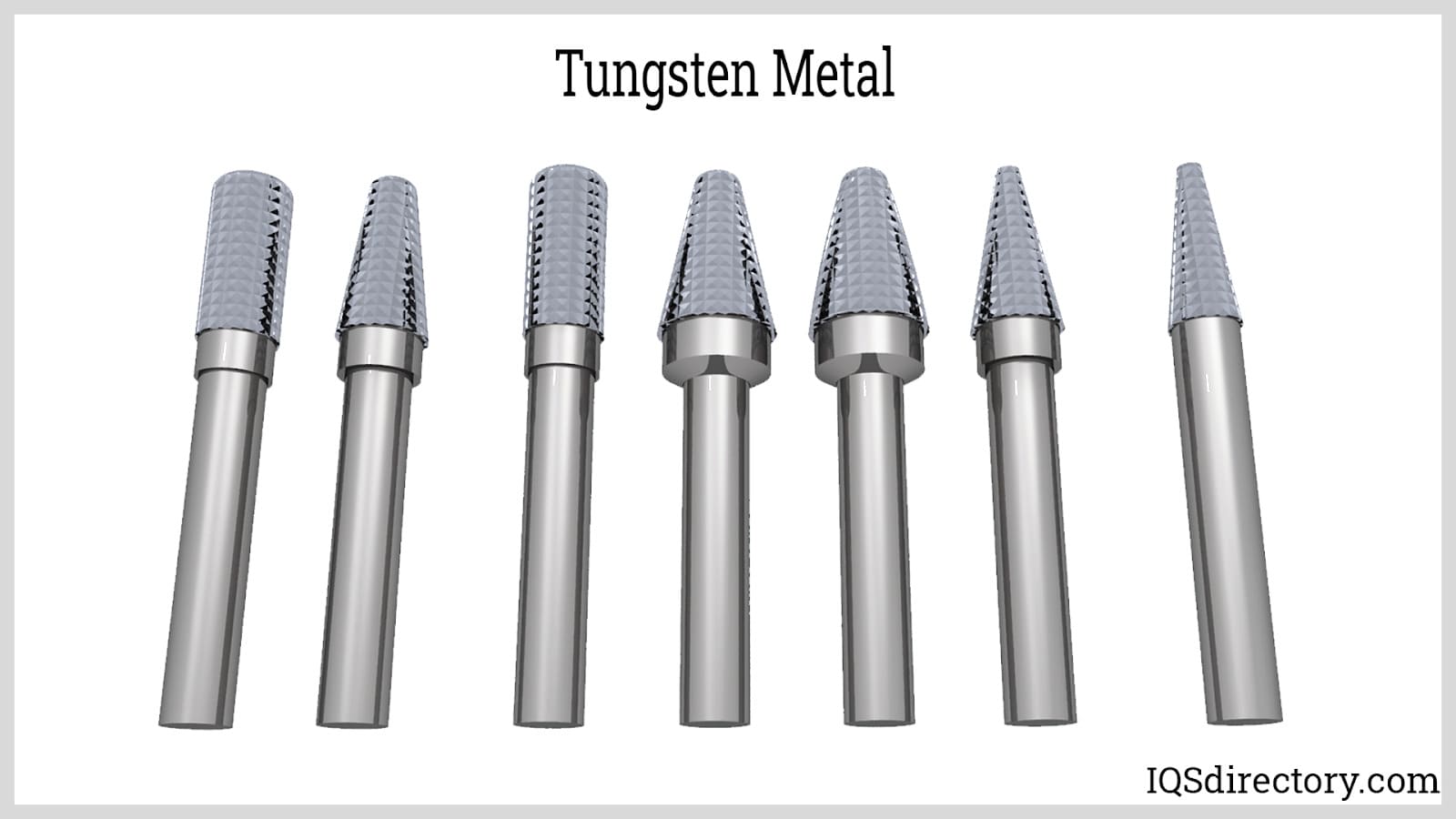

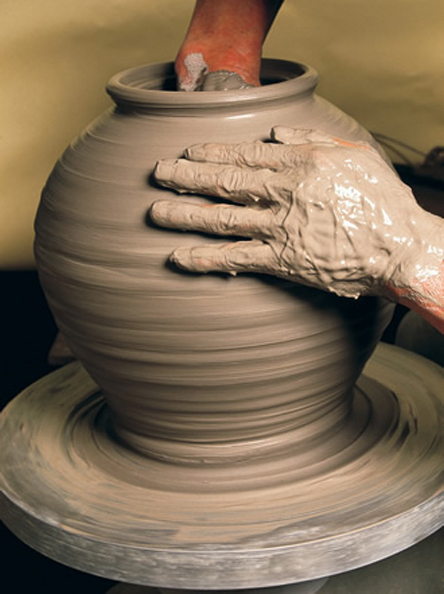


 Alloy Suppliers
Alloy Suppliers  Aluminum
Aluminum 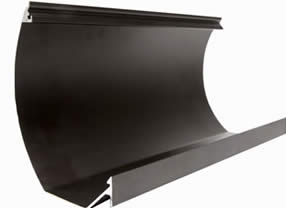 Aluminum Extrusions
Aluminum Extrusions  Copper-Brass-Bronze
Copper-Brass-Bronze  Nickel
Nickel  Magnets
Magnets  Stainless Steel
Stainless Steel  Stainless Steel Tubing
Stainless Steel Tubing  Steel Service Centers
Steel Service Centers  Titanium
Titanium  Tungsten
Tungsten 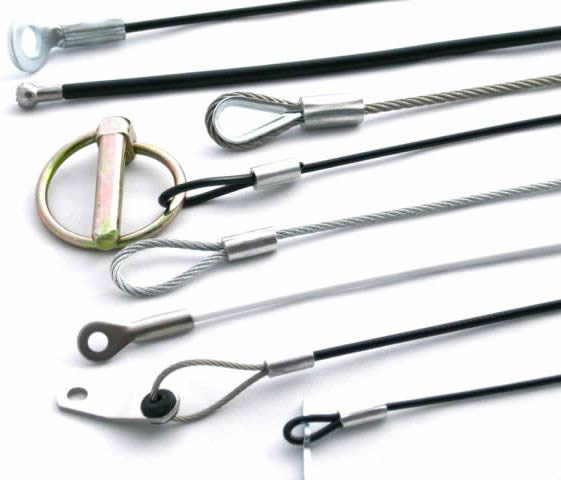 Wire Rope
Wire Rope